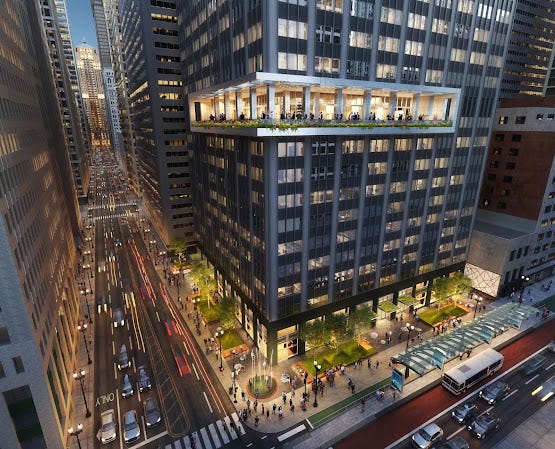The "Urban Doom Loop", And The Experiential Advantage

Chicago is becoming a recognized leader in the adaptive reuse of office buildings for residential use. This image is of the 30 N. LaSalle Street building in Chicago, where a proposal to add 432 apartment units to replace vacant offices is being considered. This is one of several projects on LaSalle Street, the heart of Chicago's financial district, that…
Keep reading with a 7-day free trial
Subscribe to The Corner Side Yard to keep reading this post and get 7 days of free access to the full post archives.
